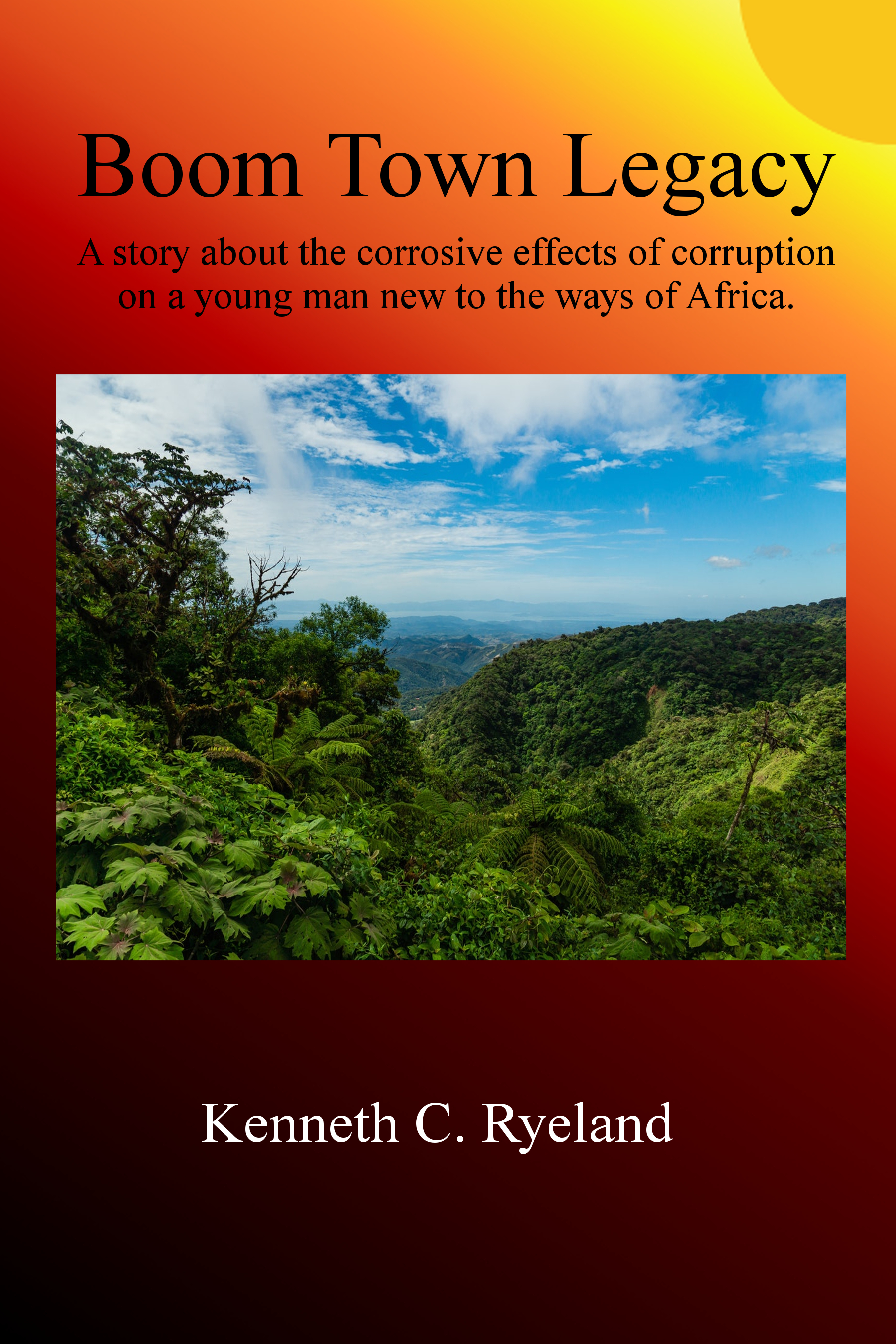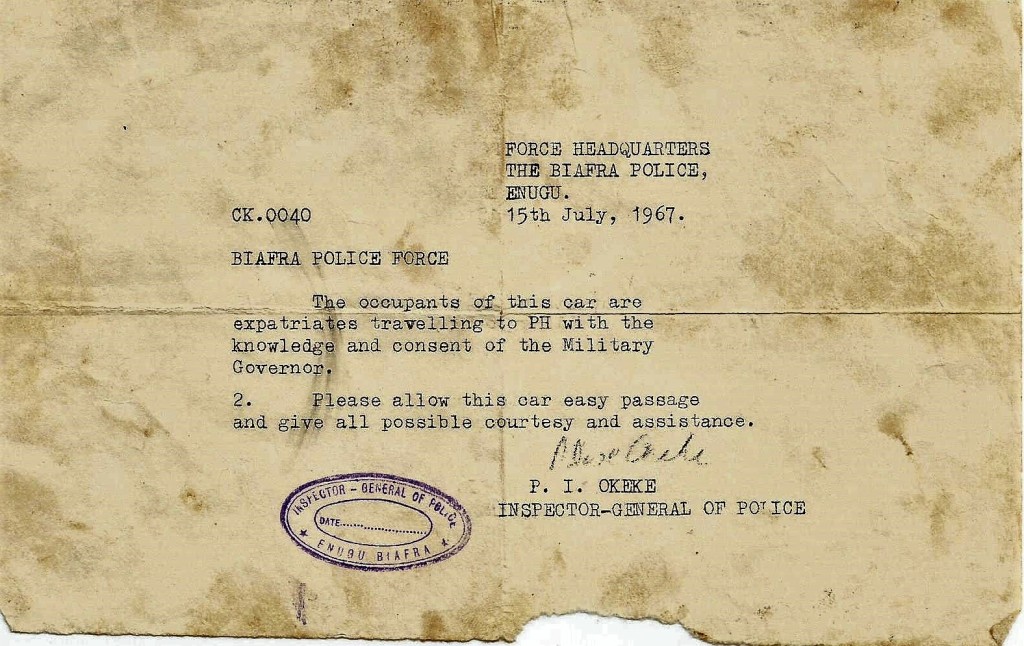(The winter of 1962-3 was one of the worst on record in the UK; snow and ice remaining on Birmingham’s streets for six weeks. To keep the railway’s road motors running, ‘cold start gangs’ were formed to visit the various goods yards and try to start very cold engines.)
“Batteries don’t operate well in low temperatures, so we often had to go along to the Lawley Street goods yard (the biggest in the city) plus other yards in the district to start dozens of stricken vehicles. The constant trekking back and forth during those six weeks of bad weather was really exhausting.
We would collect some slave batteries from the battery cage and put them in a little Ford van and do the tour of all the goods yards in the vicinity of Saltley. It would often take us most of the day to get everything moving; only having to repeat the whole operation again the following day because many of the goods yards did not have sufficient cover to protect the vehicles from the cold and frost.
The diesel vehicles would often suffer from fuel waxing (today, diesel fuel has anti-waxing additives to prevent this problem), so we would try to warm the fuel pipes and tanks by placing small kerosene-burning heaters underneath the fuel tank and in the engine compartment. After a couple of days of getting vehicles started, we managed to persuade the drivers to help themselves by wrapping old horse blankets (of which there were many in storage at Lawley Street, since they had only disposed of their last few hundred horses a short while ago) around the fuel tanks and the bonnets of their vehicles to keep out the cold.
One or two of the very old vehicles did not have electric starters, relying instead on pure muscle and a cranking/starting handle. If these were diesel-powered, and one or two were, then the starting problem became very acute and it would take the effort of two of us to get the engine going.
First we would place a kerosene burner under the fuel tank to dissolve the wax in the fuel and then we would place a similar burner, with the flame trap removed, under the sump of the engine to thin the engine oil a little. The railways used single grade, reclaimed engine oil in the SAE 30 and 40 ranges (called Silkolene), which could thicken-up like treacle in really cold weather. Thank goodness we have multi-grade oils these days.
After seeing to other, easier to start, vehicles we would return to the vehicle being ‘warmed up’ and one of us would be encouraged to ‘volunteer’ to turn the starting handle while the other operated the decompression valves with which all these hand-cranked diesels were fitted. Obviously it was always the apprentice who had to ‘wind the handle’.
At a given signal I would start cranking the engine as fast as I could while my master placed the decompression valves on the engine to the full decompression position. Once I had the engine turning over at a reasonably steady speed, my fitter would drop the decompression valves to half decompression. When light coloured smoke started to appear at the exhaust, he would warn me, drop the valves to full compression and squirt a small amount of Ki-Gass (a mixture of diesel fuel and kerosene) into the air intake to assist combustion. If we were lucky, the engine would fire correctly and start. Sometimes, however, the engine simply kicked back and it would be necessary to let go of the cranking handle very smartly to avoid injury. One thing I learnt very quickly was to keep my thumb on the same side of the cranking handle as the rest of my fingers to prevent it being broken in the event of a kick-back…….”






















